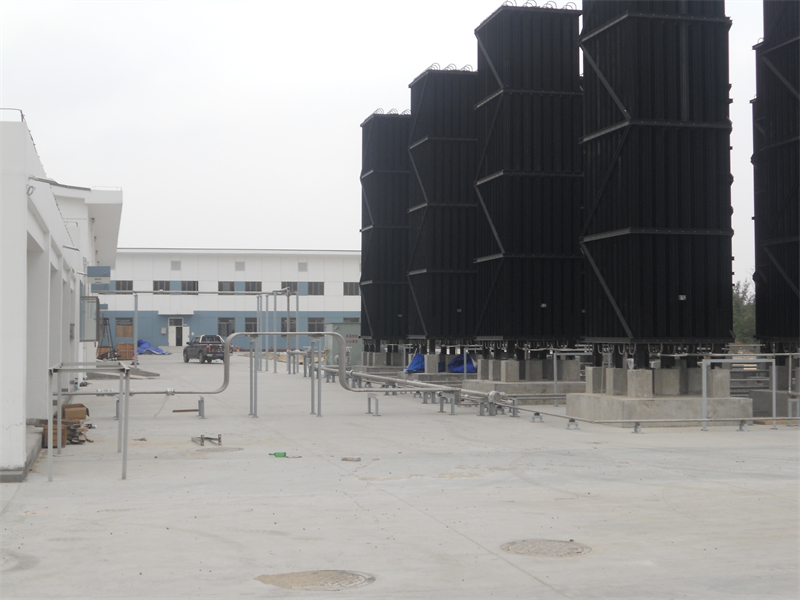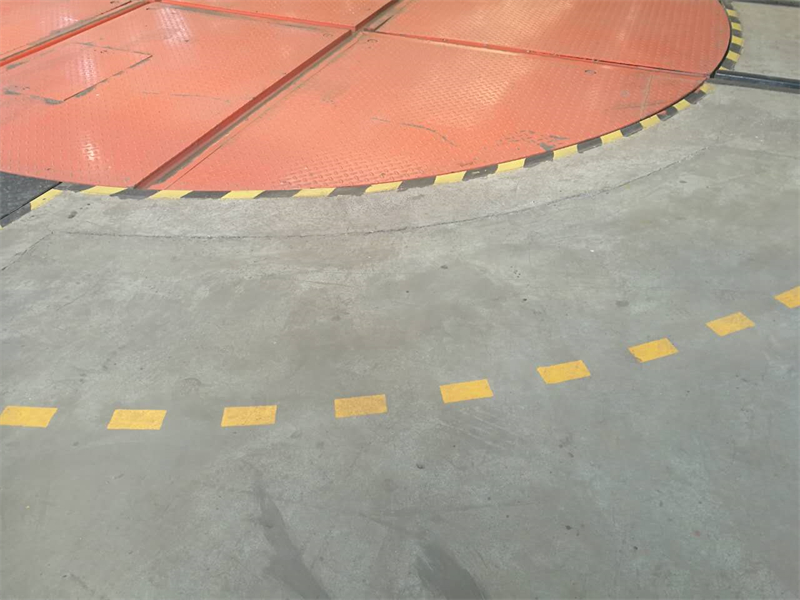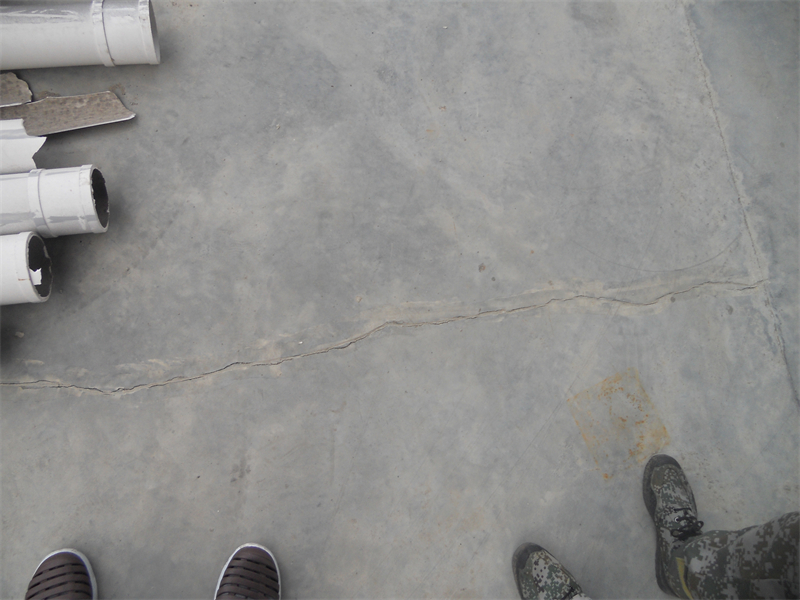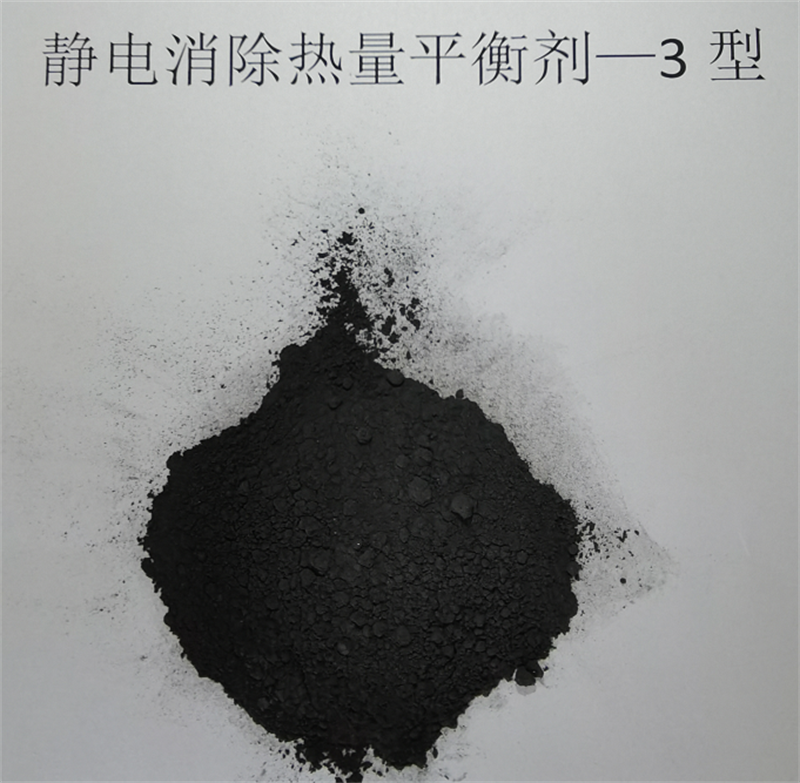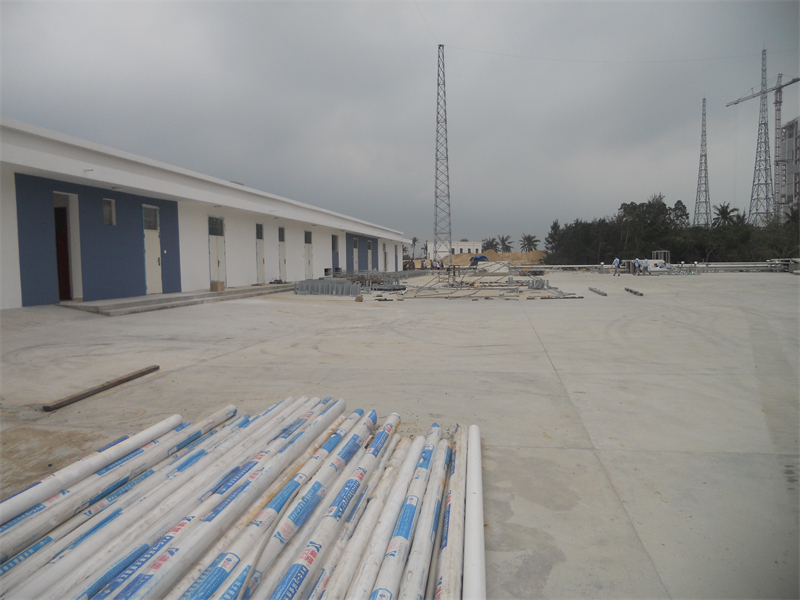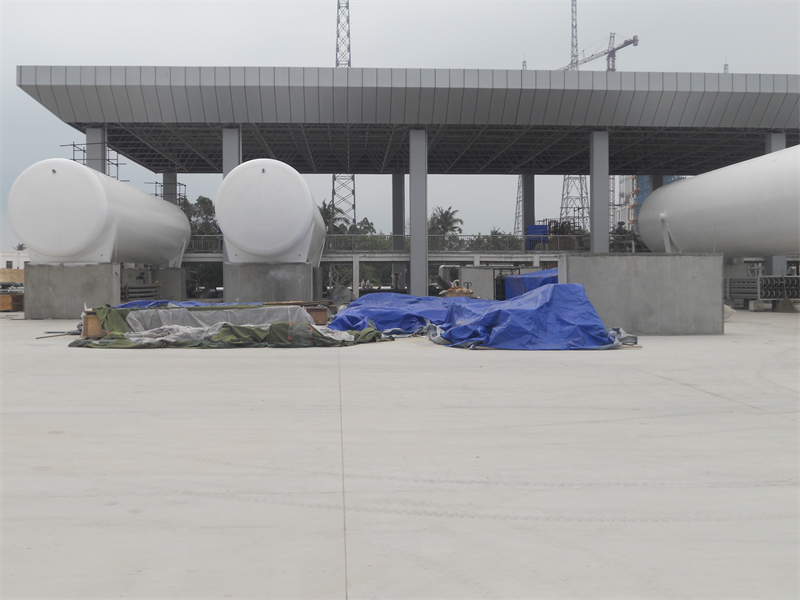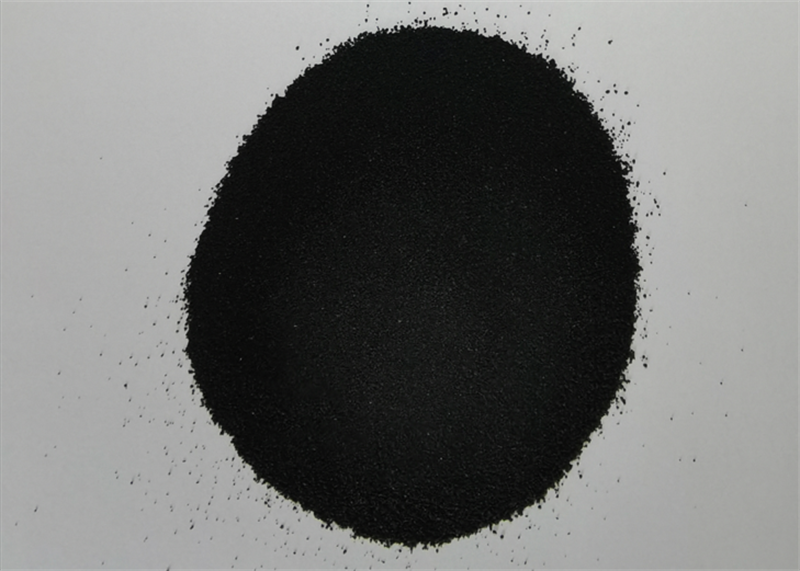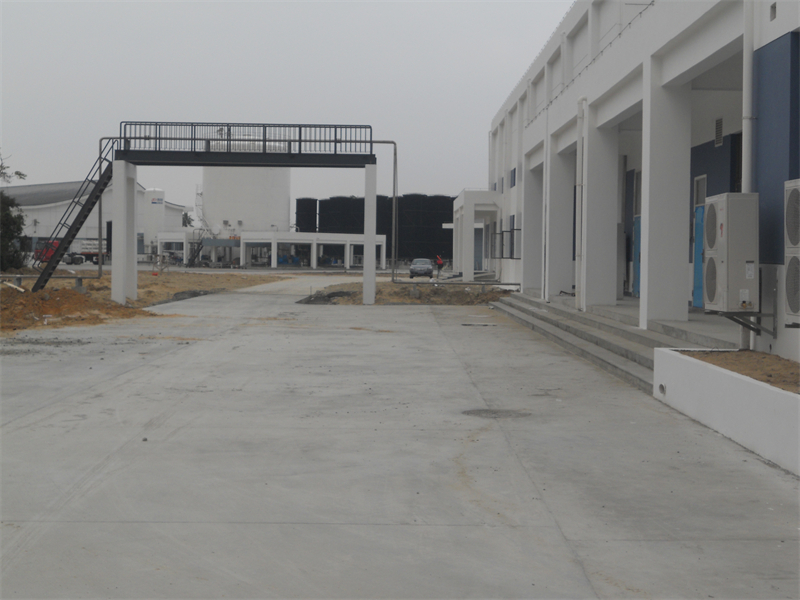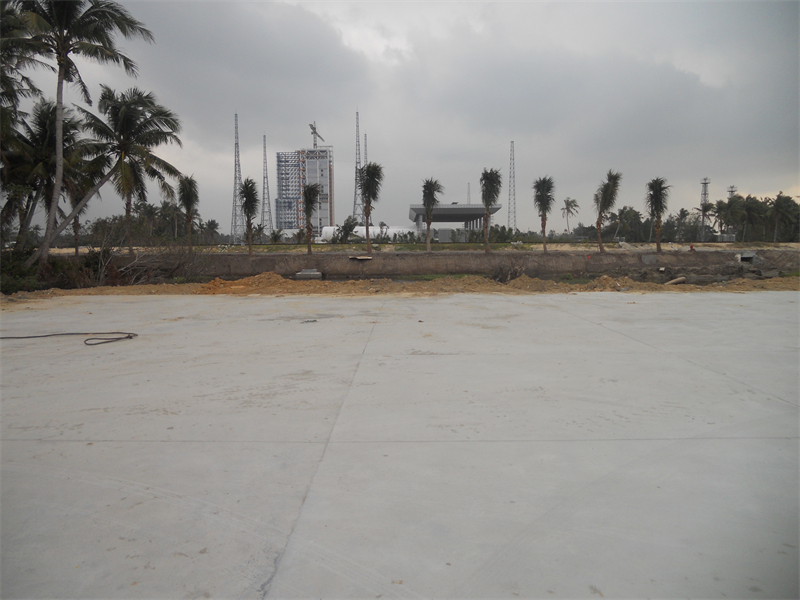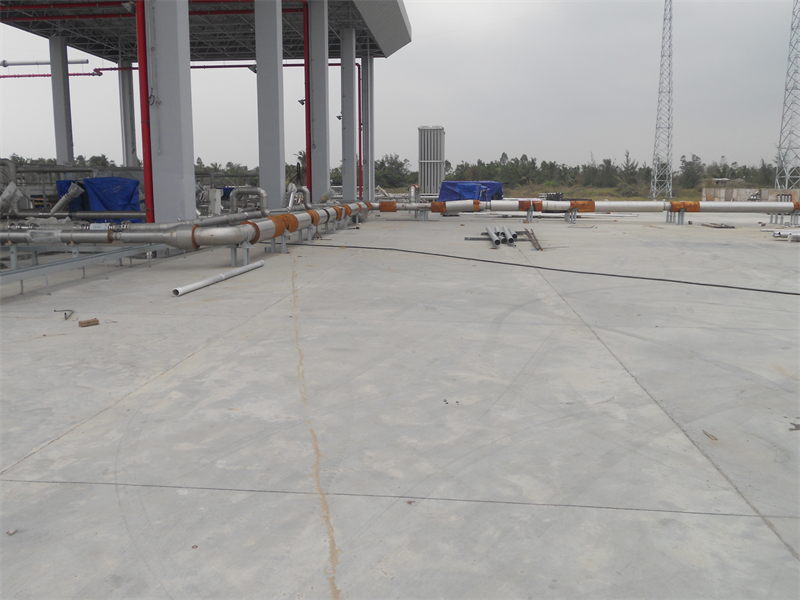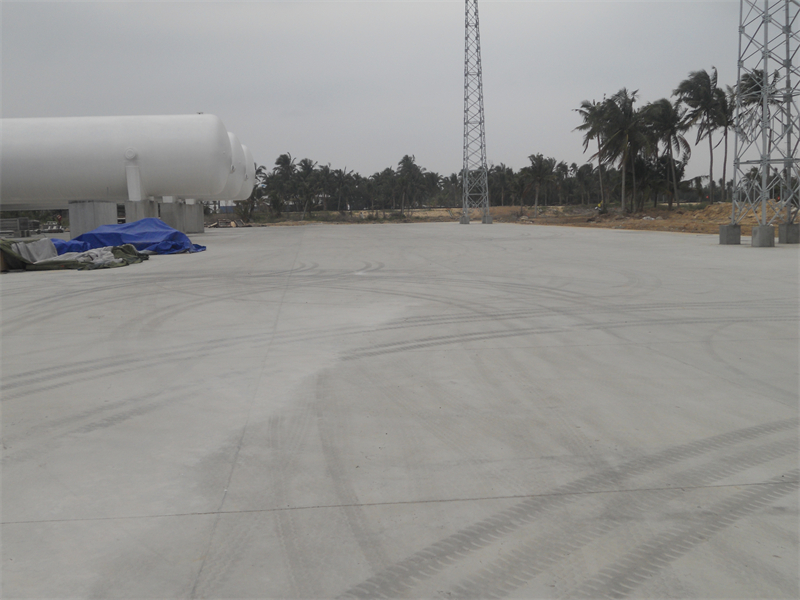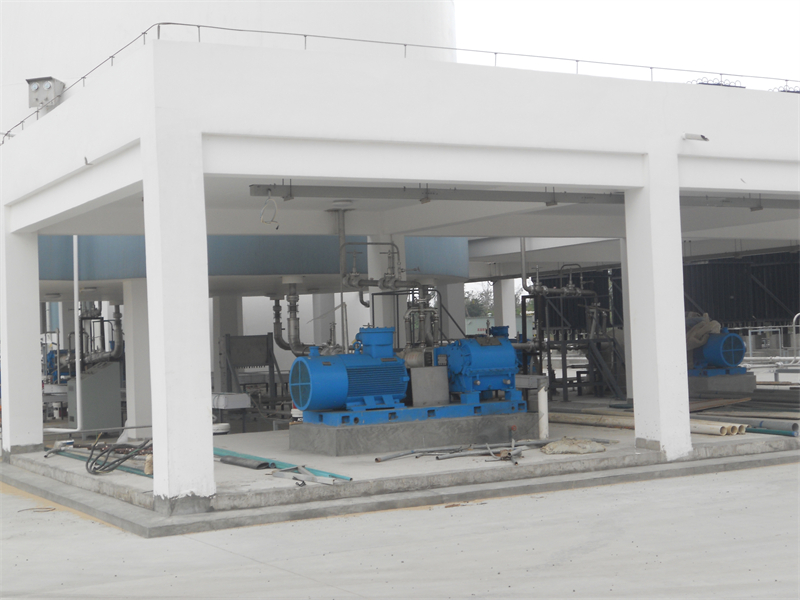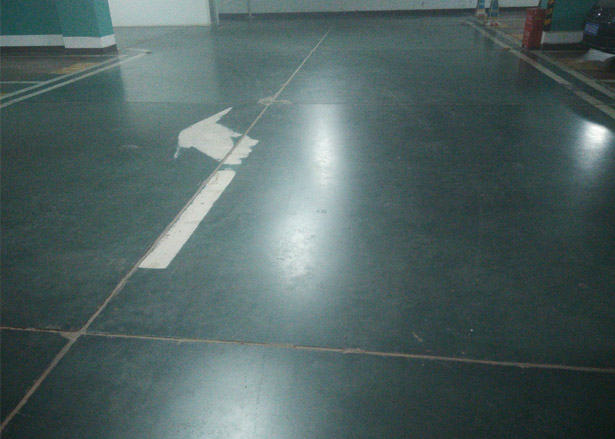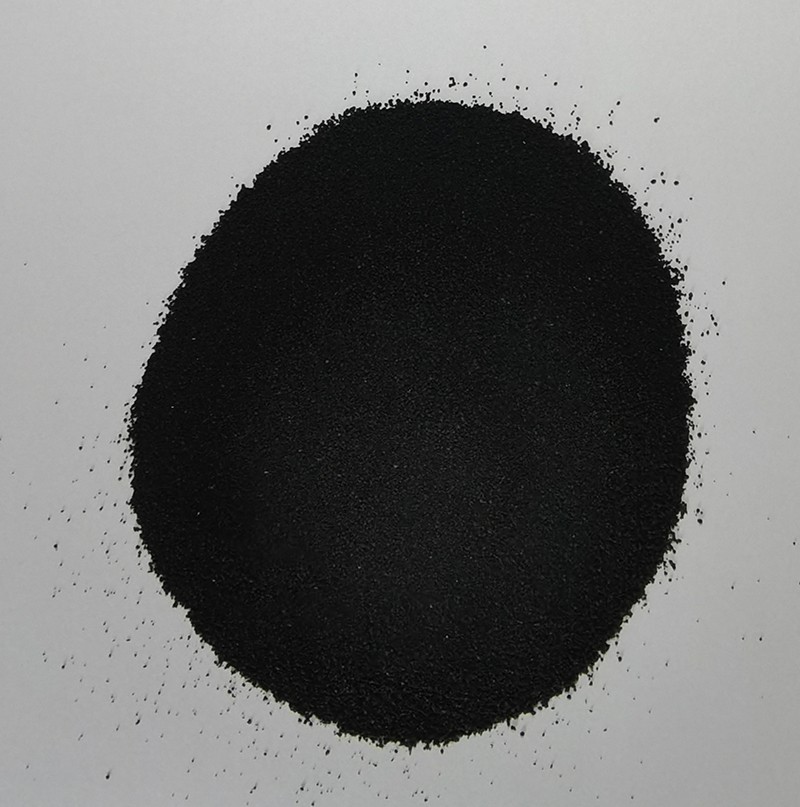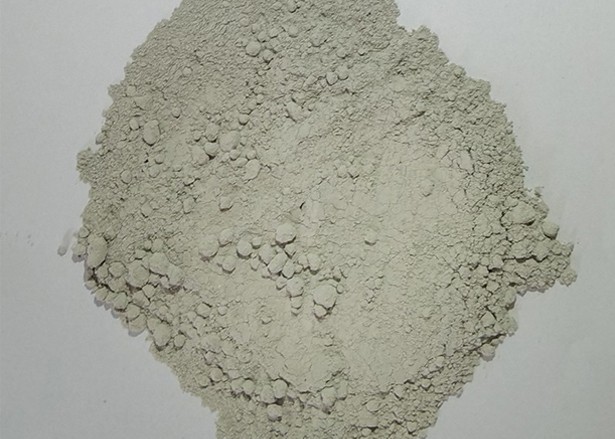Acid-resistant epoxy coatings for concrete are specialized coatings designed to protect concrete surfaces from chemical corrosion, particularly from acids and other harsh chemicals. These coatings form a durable, impermeable barrier that prevents acids from penetrating the concrete substrate, thus preserving its integrity and extending its service life. Here are some key features and considerations for acid-resistant epoxy coatings:
Chemical Resistance: Acid-resistant epoxy coatings are formulated to withstand exposure to a wide range of acids, alkalis, solvents, and other corrosive chemicals commonly found in industrial, commercial, and laboratory environments. These coatings are resistant to degradation, staining, and deterioration caused by chemical exposure.
Epoxy Resin Base: Epoxy resins serve as the primary binder in acid-resistant coatings. Epoxy resins offer excellent adhesion to concrete surfaces, high chemical resistance, and superior mechanical properties. When combined with curing agents, epoxy resins form a strong, cross-linked polymer network that provides exceptional durability and protection.
Fillers and Additives: Acid-resistant epoxy coatings may contain fillers and additives to enhance their performance characteristics. Fillers such as silica or quartz powder improve abrasion resistance and mechanical strength, while additives such as corrosion inhibitors or UV stabilizers may be included to provide additional protection against specific environmental factors.
Thickness and Coverage: The thickness of the epoxy coating and the extent of coverage are critical factors in determining its effectiveness against acid exposure. Thicker coatings provide better protection against chemical penetration and mechanical damage. It's essential to apply the coating evenly and ensure complete coverage of the concrete surface to prevent any areas of vulnerability.
Surface Preparation: Proper surface preparation is crucial for the success of acid-resistant epoxy coatings. Concrete surfaces must be clean, dry, and free of contaminants such as oil, grease, dirt, and previous coatings. Surface profiling methods, such as shot blasting or diamond grinding, help to create a rough texture that promotes adhesion between the coating and the concrete substrate.
Application Method: Acid-resistant epoxy coatings are typically applied in multiple layers using techniques such as roller, brush, or spray application. Each layer is allowed to cure fully before the next coat is applied to ensure optimal adhesion and performance. It's essential to follow the manufacturer's recommendations regarding application procedures, mixing ratios, and curing times.
Maintenance and Care: While acid-resistant epoxy coatings provide durable protection, regular maintenance and proper care are essential to maximize their longevity. Routine cleaning with mild detergents and periodic inspections can help identify any signs of damage or wear and address them promptly to prevent deterioration.
